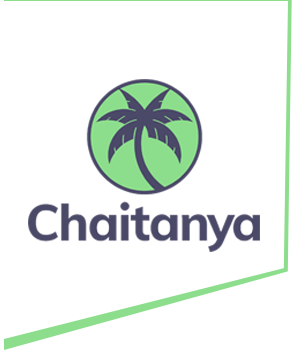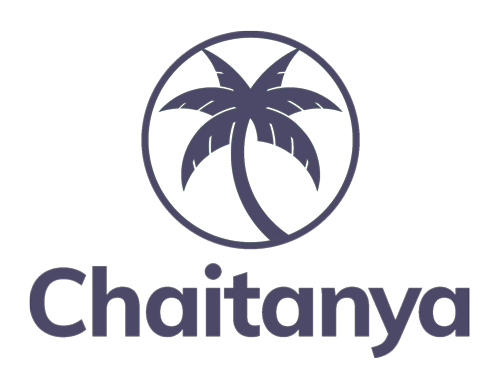November 27, 2023
Introduction
One of the most critical challenges facing the world today is the lack of financial inclusion for women, who are excluded from the formal financial system. According to the World Bank, about 1.7 billion adults remain unbanked, and more than half of them are women. This means they do not have access to basic financial services such as savings, credit, insurance, and payments, which are important for improving their lives and livelihoods.
Group lending is a form of microfinance that provides small loans to groups of borrowers, usually women, who share the responsibility of repayment and support each other. Group lending has been shown to have positive impacts on women’s empowerment, income generation, asset accumulation, and social capital. Group lending can reduce the risks and costs for both lenders and borrowers, as it relies on equivalent pressure and social collateral instead of physical collateral and credit history. In this blog post, we will explore how group lending works, what are its benefits and challenges, and how it can be scaled up to reach more women and promote financial inclusion.
Top programs in India
In India, the Self-Help Group (SHG) program is one of the largest and most successful group lending initiatives. The program involves forming groups of 10 to 20 women who save regularly, lend to each other, and access loans from banks or other sources. This program has reached over 60 million women and has enabled them to start or expand their businesses, improve their household welfare, and participate in local governance.
PMJDY Prime Minister Jhan Dhan Yojba was introduced in 2014. This allowed a large section of the unbanked people in the country, of which about 55% were women to enter the formal financial fold. From 2014 and 2017, bank account ownership in India rose from 43% to 77% among women. Resulting in the reduction of the gender gap between bank account holders. The gender differences in financial inclusion reduced from 19.8% in 2014 to 6% in 2017.
Implementing a community-based lending model, Chaitanya India empowers individuals by offering group loans. Similar to successful government initiatives, Chaitanya India provides rural women with the chance to seek their interests and improve their lives. By facilitating collaboration, it contributes to both personal and community development.
Challenges of financial inclusion in India
-
Limited access to information and communication technology
Digital India has paved the way for the presence of the internet and mobile phones, but there still needs to be a massive gap in access to these provisions by women. According to GSMA (2020) reports, there is a gender gap of 26% in mobile owners and 56% in mobile internet users in India, suggesting that a woman is 26% and 56% less likely to own a mobile phone and use mobile internet than a man. These numbers indicate that the barriers to women accessing mobile phones and the internet are particularly low in India compared to other developing countries.
-
Digital literacy Barrier
As the financial sector continues to push for digital financial services, digital literacy becomes more crucial for educating women on the latest digital technologies. For example, the recent NFHS-5 survey conveyed that about 60% of women in 12 states and union territories in India have never used the internet or a mobile phone. Various findings from a survey conducted in Madhya Pradesh revealed that despite owning mobile phones, women did not know how to operate them. This gap increases to 60% for complex activities like banking transactions or using social media.
Barriers to women’s participation in financial services
Lack of Awareness
Rural women receive their information through limited resources often from their neighbors. Due to their smaller and less diverse networks, they are less likely to receive information regarding financial news which limits their participation in advanced financial products.
Social cultural barriers
Beliefs and certain values in some sections of the population result in negative feelings toward the perception of formal financial services. Most of the women in India often lack access to financial services because of social norms. Also, gender norms often influence rules within financial systems, like the requirement of a husband’s or son’s signature when opening a bank account.
Lack of official documents
Most of the women in India from the 90s are undocumented and do not possess official government-issued papers which are required for financial purposes, as per the State of Aadhaar report, on average 8% of women do not have an Aadhaar. The report also states that for 9% of women, Aadhaar is their first form of ID.
Opportunities to bridge the gender gap
The COVID-19 crisis demonstrates how digitalization has become a key factor for the economy. Digitalization of the financial sector brings a wide range of new possibilities to build a gender-inclusive economic infrastructure that serves everyone equally. This increases women’s financial independence improves their economic participation and also lowers the risks associated with the financial industry by adding a layer of privacy and by also reducing the time spent on accessing physical services.
Advantages of digital financial services
- Reduction of time poverty for women.
- Increased access to financial services.
- Increased GDP associated with the use of digital finance.
- Financial independence for the women of all regions.
In conclusion, financial inclusion for women is crucial for their empowerment and economic growth. Group lending programs like India’s Self Help Group initiative have already proven to bridge this gap between the genders. However limited access to technology and digital barriers require awareness, addressing cultural differences, and simplifying documentation. Embracing digital financial services can enhance access and allow financial independence for women across various regions contributing to a prosperous future.


